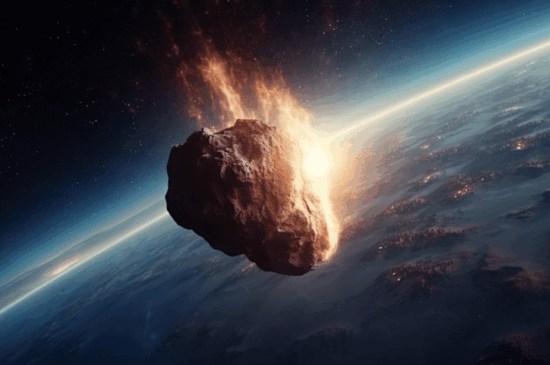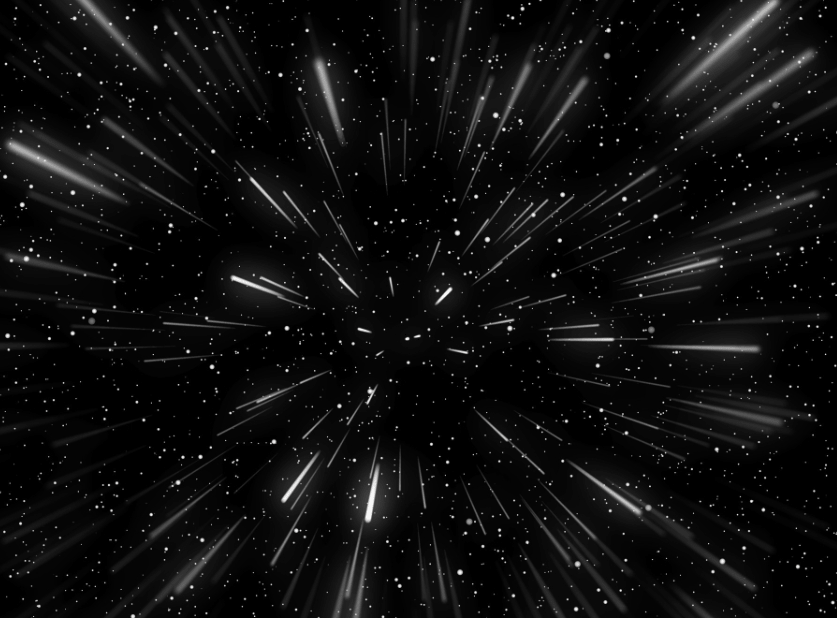The A–Z of Science Words You Didn’t Know You Needed—But Totally Do!

Science is all around us—it’s in the stars, under our feet, inside our bodies, and even in the phones we use every day. Whether you’re a curious student, an aspiring scientist, or a trivia champion in the making, understanding basic science vocabulary is the first step to unlocking the universe’s biggest mysteries. That’s where this A–Z of Science Words guide comes in handy!
In this fun and informative list, we’ve compiled 26 science-related terms, one for each letter of the alphabet. These aren’t just random words—they’re gateways to learning more about the world and universe. From atoms to zoology, we’ve got you covered.
So grab your lab coat (real or imaginary), and let’s dive into the A–Z of Science Words!
A is for Asteroid

An asteroid is a rocky object that orbits the sun—kind of like a space rock road-tripping around the solar system. Some are tiny like pebbles, others are massive and even have their own moons!
B is for Binary Stars
Binary stars are two stars that orbit around each other. They’re like celestial dance partners twirling in space. More than half of the stars in our galaxy are actually part of binary or multiple star systems!
C is for Chemistry
Chemistry is the study of what everything is made of—atoms, molecules, and how they interact. It explains everything from why your soda fizzes to how fireworks explode in the sky.
D is for Decomposition
Decomposition is nature’s way of recycling. Fungi, bacteria, and other organisms break down dead plants and animals into nutrients that help new life grow.
E is for Electron
Electrons are tiny, negatively charged particles that orbit the nucleus of an atom. They’re responsible for electricity, chemical bonding, and even the glowing screens of your favorite devices.
F is for Fossil

Fossils are preserved remains of ancient organisms. Studying them helps us understand what life was like millions of years ago. Think T-Rex bones and trilobites!
G is for Gravity
Gravity is the invisible force that keeps your feet on the ground and the Moon orbiting the Earth. It affects everything in the universe—even light!
H is for Hydrogen
The most abundant element in the universe, hydrogen is one of the building blocks of stars, water, and—you guessed it—life.
I is for Immune System
Your immune system is like your body’s superhero team. It fights off germs, bacteria, and viruses to keep you healthy and strong.
J is for Jupiter
Jupiter is the largest planet in our solar system—more than 300 times the size of Earth! It has swirling storms, dozens of moons, and a famous Great Red Spot.
K is for Kinetic Energy
Kinetic energy is the energy of motion. A rolling ball, a flying bird, or a swinging pendulum—all have kinetic energy.
L is for Light-Year
A light-year is the distance light travels in one year—about 5.88 trillion miles! It’s how astronomers measure vast distances in space.
M is for Mammal

Mammals are warm-blooded animals with backbones, fur or hair, and (usually) live births. Humans, dogs, whales, and even bats are mammals.
N is for Nebula
A nebula is a cloud of gas and dust in space. It’s often where stars are born—a stellar nursery if you will.
O is for Orbit
To orbit means to move in a circular path around something. Earth orbits the Sun. The Moon orbits the Earth. Satellites orbit your phone’s GPS!
P is for Photosynthesis
Photosynthesis is the process plants use to turn sunlight into food. Without it, we wouldn’t have oxygen to breathe or food to eat. Plants are science heroes.
Q is for Quantum
Quantum refers to the tiniest units of energy and matter. Quantum physics explores the behavior of particles smaller than atoms—and trust us, it’s wild!
R is for Research
Science thrives on research—asking questions, testing ideas, and making discoveries. It’s how we learn, grow, and innovate.
S is for Space

Space is the final frontier. From planets and black holes to galaxies and dark matter, there’s an infinite amount to explore beyond our blue planet.
T is for Tectonic Plates
Earth’s surface is broken into tectonic plates that move around. When they collide, they create earthquakes, volcanoes, and even mountains!
U is for Uranium
Uranium is a heavy metal used as fuel in nuclear power plants. It’s also key in studying radioactivity and nuclear physics.
V is for Virus
A virus is a tiny particle that can invade living cells and reproduce. Understanding viruses has helped scientists create vaccines and save lives.
W is for Weather
Weather is the day-to-day condition of the atmosphere. Sunshine, rain, snow, and hurricanes are all part of Earth’s ever-changing weather systems.
X is for Xenon
Xenon is a rare, colorless gas used in high-powered lamps, lasers, and even spacecraft propulsion systems.
Y is for Yeast

Yeast is a single-celled fungus used in baking, brewing, and science experiments. It helps bread rise and has even been sent to space!
Z is for Zoology
Zoology is the study of animals—their behavior, structure, habitats, and evolution. From insects to elephants, zoologists study them all.
Why This A–Z of Science Words Is Worth Bookmarking
This A–Z of Science Words isn’t just a fun alphabetical list—it’s a starting point for deeper exploration. It introduces key concepts in physics, biology, chemistry, space science, and Earth science. Whether you’re a student doing a project, a teacher prepping a lesson, or a parent homeschooling a curious kid, this guide is the perfect blend of education and engagement.
Pro Tips for Using This A–Z List:
- Students: Use this as a study aid for science vocabulary.
- Teachers: Turn each letter into a weekly classroom theme.
- Parents: Use the list for fun bedtime science stories or trivia.
- Bloggers: Link to this guide for a reliable science reference.
Boom! You Just Mastered the A–Z of Science Words—Bill Nye Would Be Proud!
Science is fascinating, fun, and full of wonder. This A–Z of Science Words proves that even a simple alphabet can open doors to big ideas. So the next time someone asks what “Xenon” is or how gravity works, you’ll have the answers at your fingertips.




